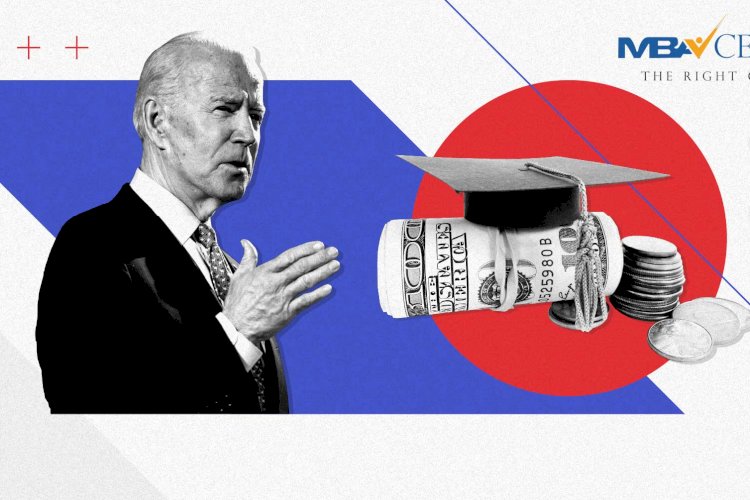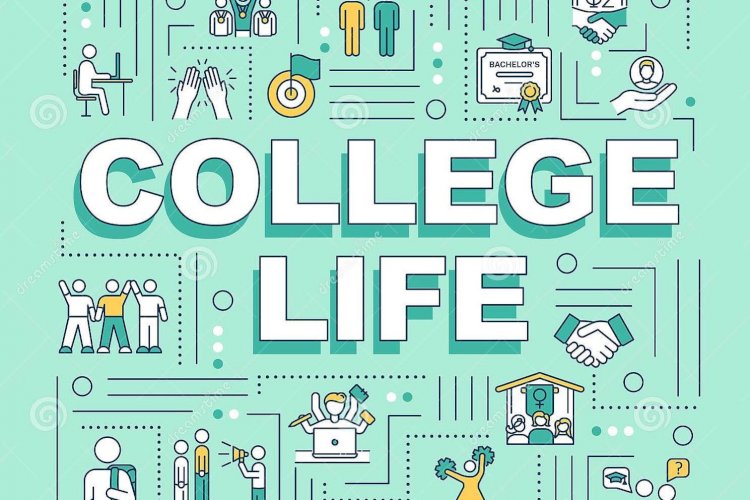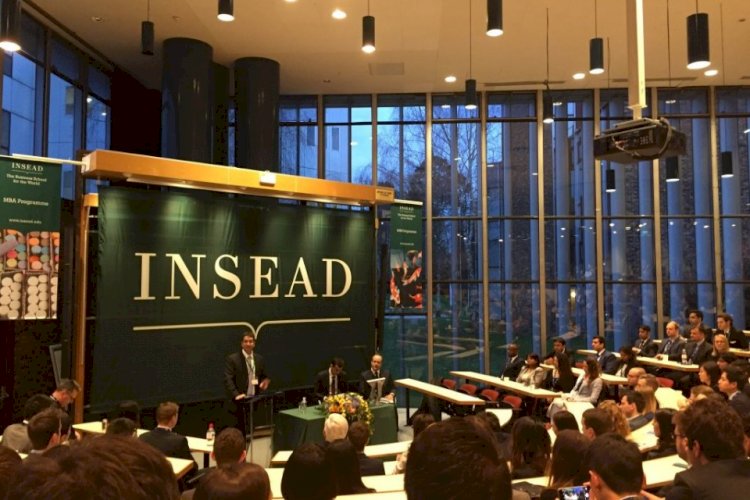
The Biden Student Loan Forgiveness Initiative
University costs in the United States have been a major concern for both US citizens and international students for a long time. During the past decade, college costs have increased by more than 25%, and around 44 million students in America hold more than 1.7 trillion dollars in student debt. Taking into consideration the unstable economic outlook accruing from the COVID-19 pandemic, the precariousness of young students who incur an outstanding amount of debt and do not know whether they will be able to land a job after university has become a top priority for politicians in Washington.
In the midst of this situation, recently elected Joe Biden has come up with a new initiative (the ‘Biden Initiative’): tuition-free public college for all families with incomes below $125,000 and forgive $10,000 in student debt for all borrowers. However, despite receiving an initial widespread support, some have raised concerns about the economic viability of such a measure, wondering if this proposal will indeed help solve this problem and be economically viable or whether this is just another political demagogic maneuver to secure extra votes, in other words, whether it is ‘snake oil’ or not.
Some critics of this measure suggest that it will simply just turn private debt into public one and that forgiving so much student debt would also cost more than any kind of economic stimulus it would create. Furthermore, these critics also claim that forgiving student debt does not help educate more of the population, but only provides benefits to those who already have one, and that.
However, according to a recent study made by Georgetown University, titled ‘The Dollars and Sense of Free College’, even though Biden’s plan is estimated to cost approximately $49.8 billion during the first year, the economic benefits of the plan would completely offset the costs in ten years. This is mainly because, as more population receives higher education, the economy is likely to prosper due to a more specialized and educated task force. Further, although some may claim that this measure will ultimately impact the highest classes, its low-income nature will ensure that it reaches the marginal segments of the population more effectively, ensuring a more educated and inclusive future American society.
Overall, although this initiative has not become official yet, and its true effects are yet to be seen, this novel policy if properly implemented will not only be economically beneficial but also reinvent the social foundations of a society that has embedded structural inequality for a long time, evidenced by their current racial crisis.
 MBA Center Global
MBA Center Global 






















